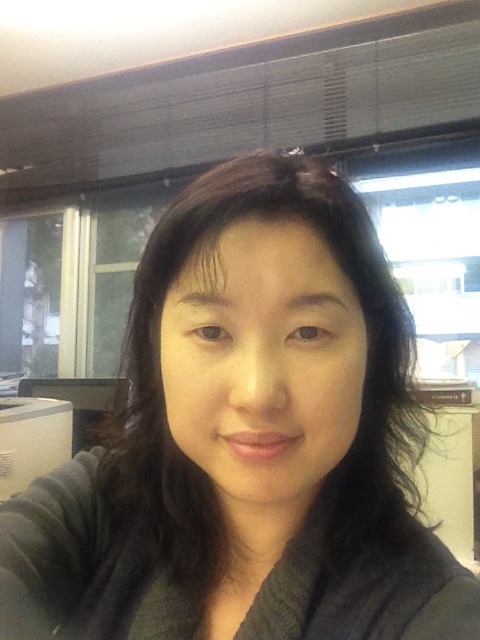
Ju-Yeon Ryu
Tohoku University, Japan
juyeonryu@gmail.com
website
 |
Ju-Yeon Ryu Tohoku University, Japan juyeonryu@gmail.com website |
| Participants: | 3 |
| Type of Study: | longitudinal |
| Location: | South Korea |
| Media type: | video |
| DOI: | doi:10.21415/T5TG8C |
Ryu, J., Horie, K., and Shirai, Y. (2015). Acquisition of the Korean Imperfective Aspect Markers -ko iss- and -a iss- by Japanese Learners: A Multipul-Factor Account, Language Learning, 65:4, 791–823.
Ryu, J. and Shirai, Y. (2014). The First Language Acquisition of the Korean Imperfective Aspect markers -ko iss-/-a iss-, In S. Nam, H. Ko, & J. Jun (Eds.), Japanese/Korean Linguistic, 21 (pp. 265-279). Stanford, CA: CSLI.
柳朱燕(2013)「韓国語未完了アスペクトの第一言語習得過程における誤用の分析」『韓国語教育研究』第3号, 68-87.
Ryu, J. (2012). The L1 Acquisition of the Imperfective Aspect Markers in Korean: a Comparison with Japanese, International Journal of Asian Language Processing 22, 1~13.
柳朱燕(2011)「第一・第二言語における韓国語未完了アスペクトの習得過程― 類型論と認知的アプローチの観点から―」博士論文 東北大学大学院国際文化研究科
In accordance with TalkBank rules, any use of data from this corpus must be accompanied by at least one of the above references.
Ryu Corpus is the Korean L1 data consists of longitudinal video-recorded speech samples of adult-child interaction from three children. The data was collected from February 2009 to March 2011. The data collection period was from one and a half years to two years. Speech samples were taken every one month for 1 hour. No matter how many times they took a recording, caretakers were required to take video totally for 1 hour each month. We set the book-reading situation during caretaker-child interaction at the children’s homes. Caretakers could be mother, father, grandmother, or grandfather.
Table 1: Children in the Longitudinal Data
| Children | Age range | Sex and Sibling | Length of Data | JONG | 1;3~3;5
| M, no siblings | 31hr 37min | JOO
| 1;9~3;10 | F, one older sister | 29hr 2min
| YUN | 2;3~3;9 | M, no siblings
| 20hr 36min | Total |
| | 81hr15min | |
This data set covers an extended period of acquisition, and includes relatively early stages of development, which is essential to see the emergence and subsequent development of aspectual marking in children’s speech. The child-directed speech (input) includes the utterances from all of the caretakers. In total, about 81hr 15min of data can be analyzed.
This work was supported by JSPS KAKENHI Grant Number 25770140. The project title was “The L1 Acquisition of Korean Tense-Aspect Markers and the Construction of L1 Korean Corpus”.